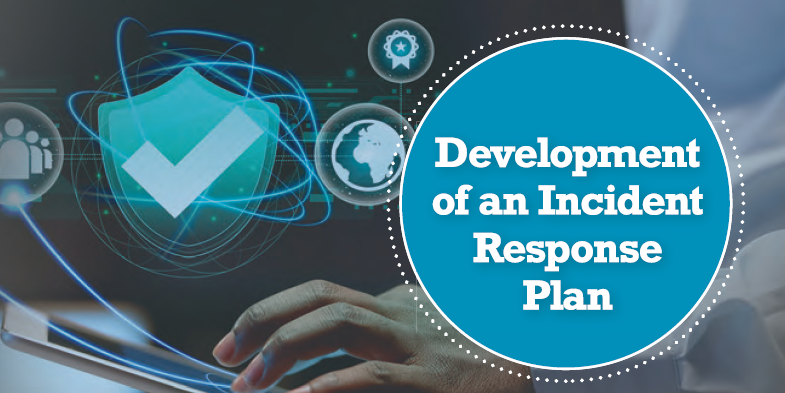The Double-Edged Sword of AI in Cybersecurity
- Penny Heyes
- Oct 24, 2024
- 2 min read
BY David Clarke, FBCS
1. AI can be a shield.
2. But it can also be a spear.
Here’s how it works both ways.
AI as a Defender
1. Threat Detection: AI scans data fast. It spots odd patterns that could be attacks. This speeds up the response.
2. Automation: AI handles routine security tasks. It patches software and deals with known threats. This frees up human experts.
3. Predictive Analysis: AI learns from past data. It predicts future attack paths. This helps in planning defenses.
4. User and Entity Behavior Analytics (UEBA): AI builds profiles of user actions. It spots unusual behavior, flagging insider threats.
AI as a Threat
1. Sophisticated Attacks: Cybercriminals use AI too. They create smart malware that dodges traditional security.
2. Automated Hacking: AI tools find system weaknesses quickly. This makes launching attacks easier.
3. Social Engineering: AI studies online behavior. It crafts convincing phishing attacks.
4. Adversarial Machine Learning: Attackers feed bad data to AI models. This tricks security systems into ignoring real threats.
The Balance of Power
1. Ethical AI Development: We need ethical guidelines for AI. This includes privacy, bias mitigation, and transparency.
2. Continuous Learning: AI must keep learning from new data. Cybersecurity strategies must evolve too.
3. Regulation and Policy: Governments are creating AI regulations. These aim to manage risks and foster innovation.
4. Human-AI Collaboration: AI can’t replace human judgment. The future lies in human and AI working together.
Conclusion
AI is changing cybersecurity. It’s a powerful tool for defense. But it can also be used for attacks. Ethical use and continuous learning are key. As AI evolves, so must our strategies. The future of cybersecurity depends on how well we balance AI’s strengths and weaknesses.
Full article:






Comments